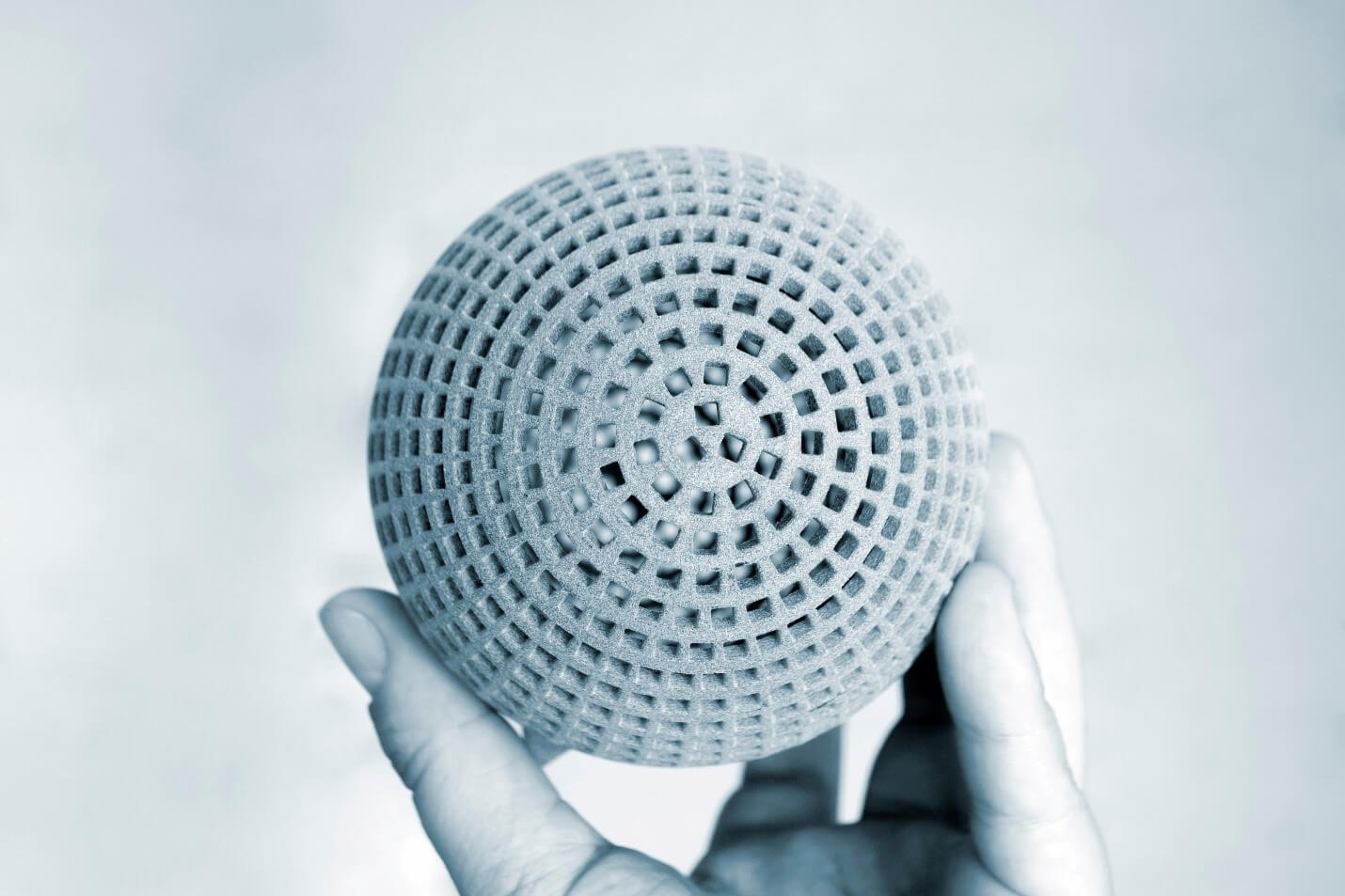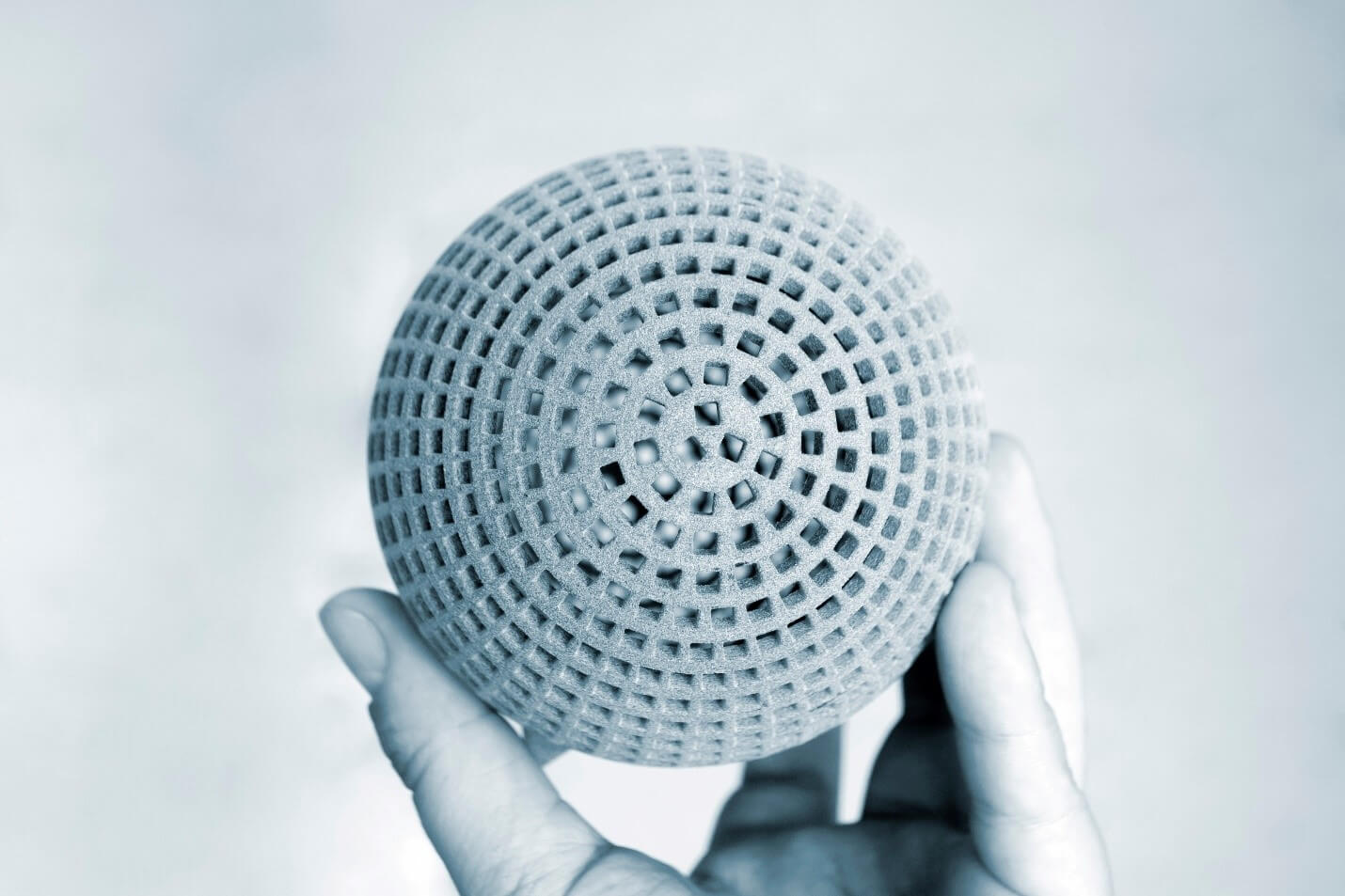What is a Lattice Structure in 3D Printing
Lattice Structures in 3D printing, How to Generate Lattice Structures, and the Benefits of Lattice Structures. Learn more now!
Introduction
3D printing is known for its lightweight parts and strength. Lattice structures in 3D printing are used to create lightweight designs with intricate repeating geometric patterns as support structures. Lattices can be printed as internal support structures or standalone components. These structures can also be used to increase the surface area of an object for improved adhesion and added strength. These complex geometric support structures are only possible in 3D printing processes.
This article discusses the Pros and Cons of Lattice Structures for 3D Printing.

What is a Lattice Structure for 3D Printing?
A lattice structure is a 3D-printed support structure with an internal composition of several interlocked lattice nodes, also referred to as "cells." This structure is often used to make parts lighter and absorb impact more efficiently. The geometric design provides strength and rigidity in 3D printed objects while minimizing the amount of material and time needed to manufacture them.
The concept is based on natural designs such as honeycombs, spiderwebs, lobster shells, and silica sponges. Machining these geometries was impossible on a small scale. The only viable examples that can be achieved are massive construction projects, such as bridges and steel buildings.
In the 3D printing industry, understanding how to use and create these structures is quite valuable for product engineers and industrial designers. Lattice structures significantly reduce a part's mass and have countless applications in the automotive and aerospace industries, where mass reduction in parts directly translates to improved fuel efficiency. Other sectors where lattice structures are often used include medical implants, prosthetics, and other applications where weight, strength, flexibility, and complex geometry are important considerations.
Generating Lattice Structures
The complex geometrical designs used in lattice structures are unreasonable to include during the design phase with computer-aided design software (CAD.)
Generative design is another method for generating 3D-printed lattice structures. The software requires detailed part information, including the expected loads, mass limitations, and connection points. The software generates the most optimal lattice design, as well as cell structure and density. Factors affecting the part design include the lattice material, construction, and cell orientation. The materials may consist of a hard shell with a flexible interior lattice for impact absorption. The structure of repeating uniform patterns and cell shape substantially affect the final product. Cell orientation can complicate a 3D printing operation. Ensure that cells are oriented without requirements for additional support.
There are several types of 3D-printed lattice structures. These include the following:
- Strut Lattices – These lattices are made from a combination of interconnected beams. Strut lattice structures are fashioned by printing overlapping layers that mesh to create a lattice structure. The intersections between the rods and struts are strengthened with support material. This support material also helps to reduce weight and increase design flexibility. These structures are designed to be lightweight and strong and are typically used for applications such as aerospace and automotive parts, medical implants, and consumer products.
- Planar Lattices – These lattices are composed of flat, two-dimensional layers that, when combined, create a three-dimensional object. The layers are typically printed one at a time and, in some cases, require additional assembly to complete the desired form. Common planar structures used in 3D printing include lattices, honeycombs, and trusses.
- TPMS Lattices – Triply periodic minimal surface (TPMS) lattices are created using a trigonometric equation to generate the cell. TMPS structures can be made in various shapes and sizes and are commonly used for medical applications such as orthotics, prosthetics, and implants. They are also used in aerospace, automotive, and industrial applications.
Benefits of Lattice Structures
There are several benefits to incorporating lattice structures into 3D-printed parts. These advantages include the following:
- Weight Savings – Depending upon the lattice selected, the weight savings can be significant. This weight reduction generates fuel savings in the energy-sensitive aerospace industry and automobile industry. The lighter parts also reduce patient recovery times for medical implants and prosthetics.
- High strength-to-weight ratio – If designed according to accepted principles, parts with lattice structures can have unparalleled strength-to-weight ratios. This advantage makes them ideal in automotive and aerospace applications (among others), where it's critical to minimize mass.
- Cost Effective – With less material than parts produced by conventional manufacturing methods, lattice structures are far less expensive than solid structures, making them an ideal option for 3D printing.
- Shock Absorption – Lattice structures are very efficient at dissipating impact and shock loads because the cell configuration helps the whole structure flex and distribute energy. Complex lattice types can redirect and better distribute energy in multiple directions to absorb impact force.
- Additional Design Flexibility – Lattice structures can be designed to have a variety of shapes and sizes, allowing for increased design flexibility.
- Improved Heat Dissipation – The open design of lattice structures has a greater surface area. It allows for improved heat dissipation, which benefits electrical components and other objects that generate heat.
- Aesthetics – These geometric designs have a distinct beauty. Product designers are incorporating latticed elements into product designs simply for aesthetic appeal.
- Osseointegration: There are lattice structures used in medical implants that promote bone growth. The resulting implants form much more robust bonds with the patient's bone structure.
Are Lattice Structures the Worth the Extra Complexity?
The lattice structures used in 3D printing include the numerous benefits mentioned above that significantly impact fuel savings, product costs, performance characteristics, consumer appeal, efficiency, and sustainability. With software that can quickly design these complex structures and given these numerous advantages, it is apparent that incorporating lattice structures is definitely worth the added effort in design.
Get multiple quotes for your parts in seconds
